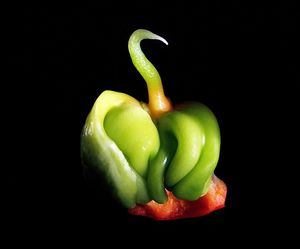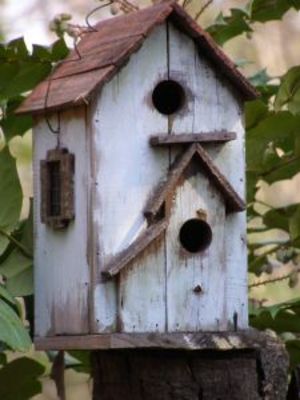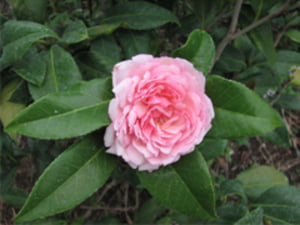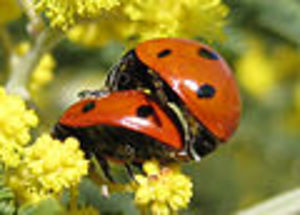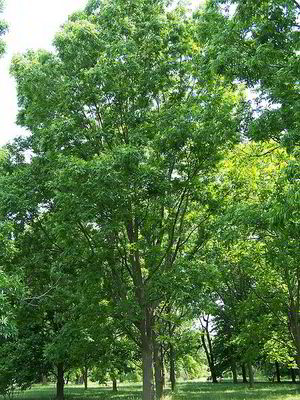Companion Plants for Bell Peppers: Dos and Don’ts
Companion planting is an effective way to both utilize your space to its up most potential and augment the health, yield, and even flavor of your bell peppers. The best companion plant for a bell pepper depends on what the individual growing them has in mind as a goal from companion planting. Best companion plants ...
